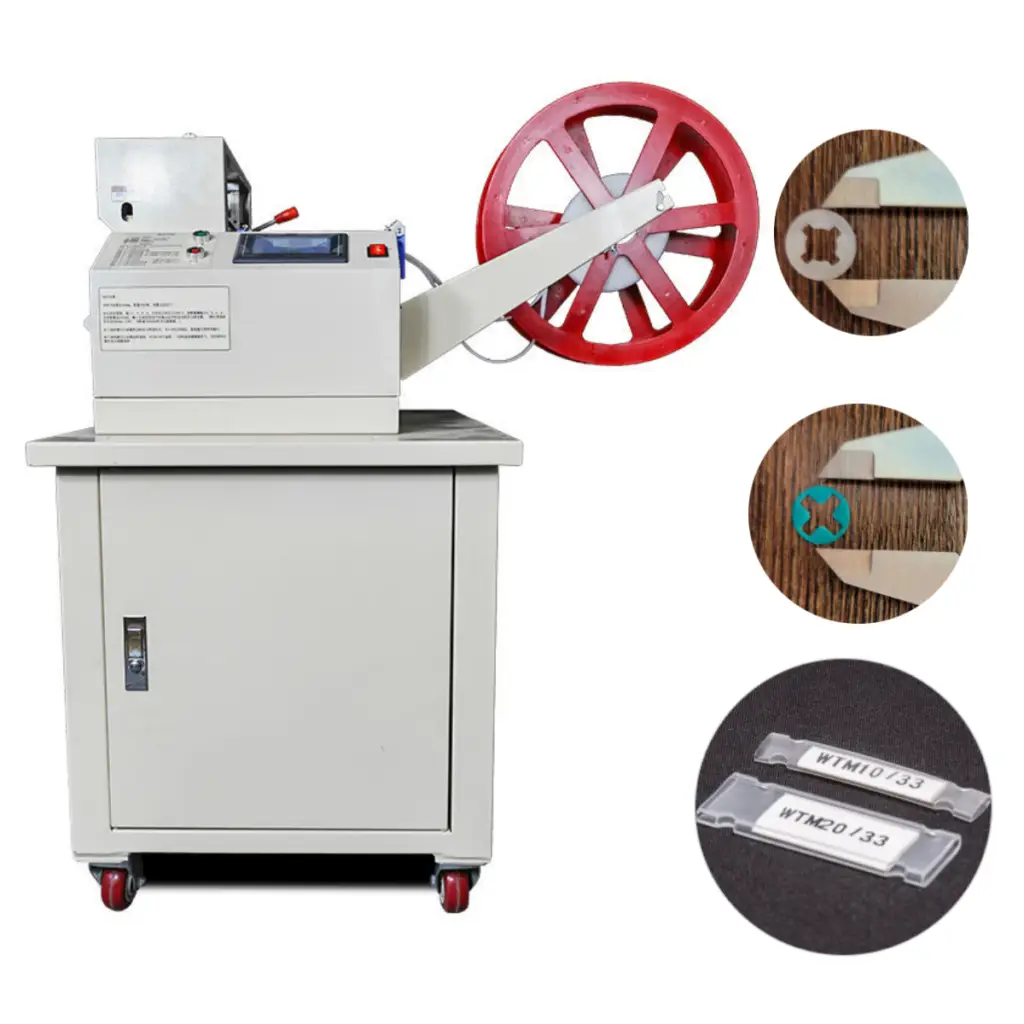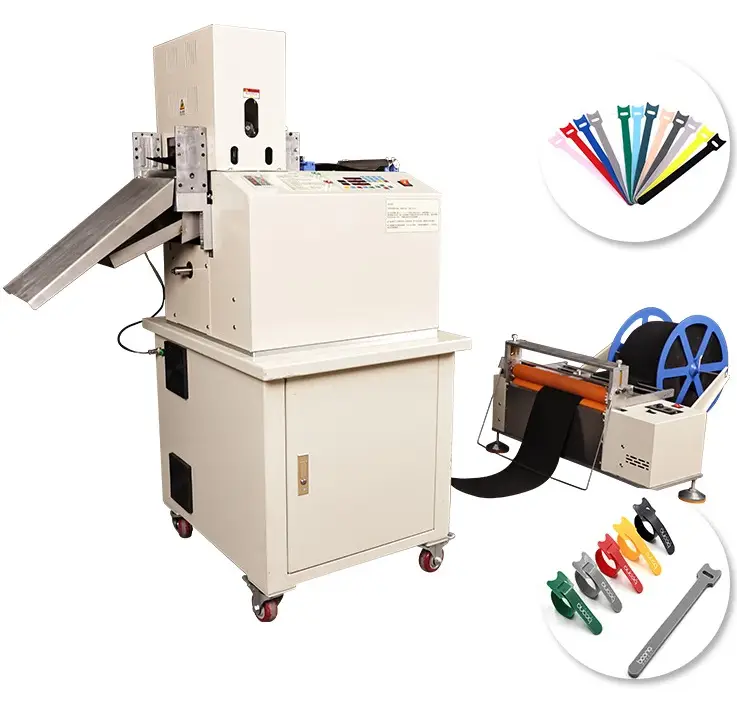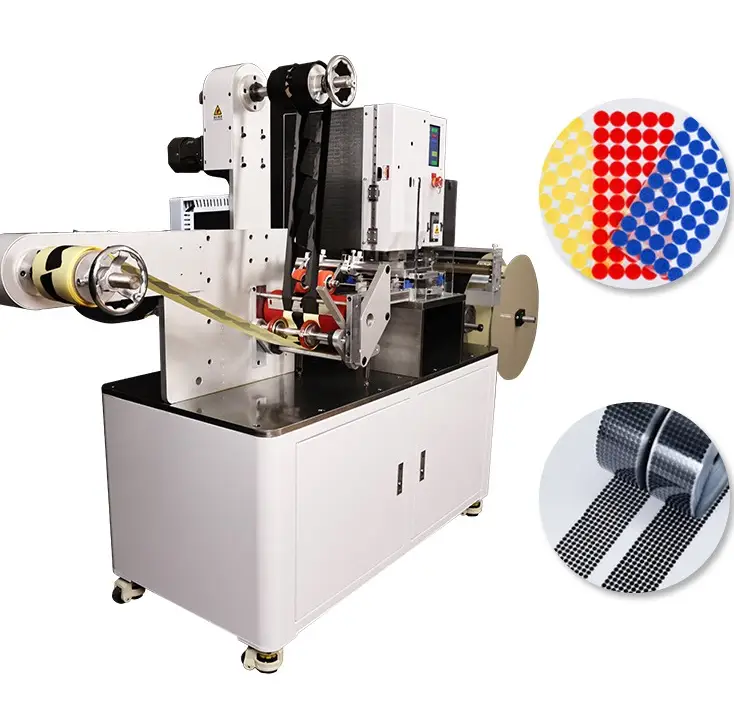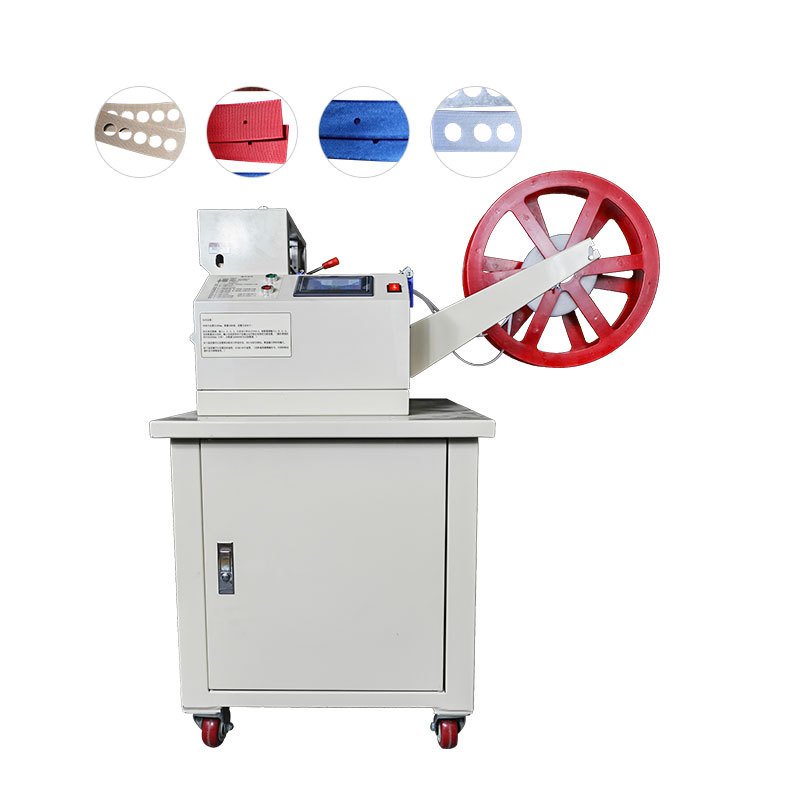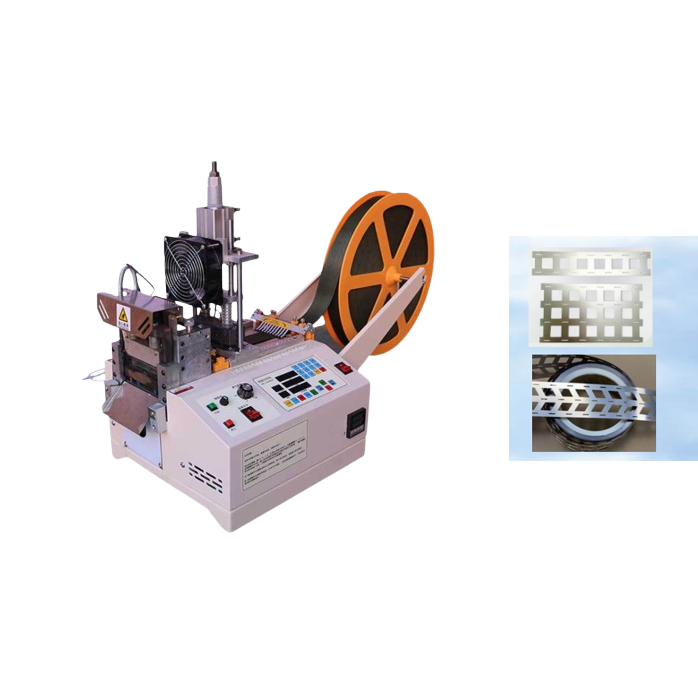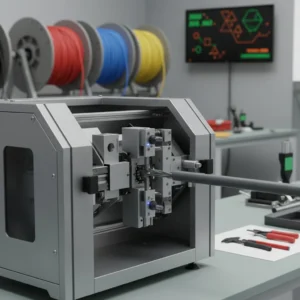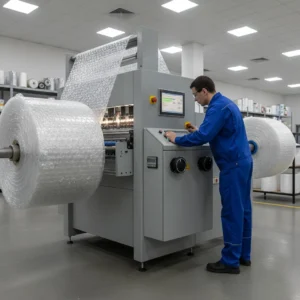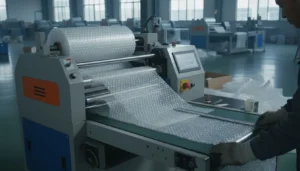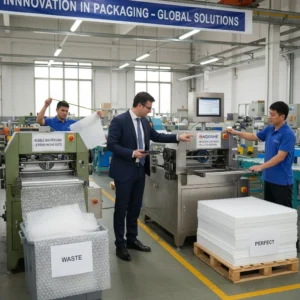Cutting Flexible Strips: Challenges and Machine Selection

Cutting narrow strips of flexible material seems simple until you try it. The material moves, stretches, or frays – ruining your productivity.
The main challenges in flexible strip cutting are material movement, edge quality, and consistency. Choosing between rotary and linear cutting machines depends on your material type, production speed needs, and precision requirements.
Let’s examine these challenges closely and explore which cutting motion works best for different situations.
The Tough Reality of Cutting Flexible Strips

Flexible materials behave differently than rigid ones during cutting. They twist, stretch, and slip – creating headaches for operators.
Key cutting challenges include:
- Material shifting during cutting
- Uneven or frayed edges
- Inconsistent strip widths
- Stretching that alters dimensions
Problem Solving for Flexible Materials
| Material Type | Common Issue | Practical Solution |
|---|---|---|
| Thin plastics | Melting edges | Use chilled blades |
| Elastic bands | Overstretching | Reduce feed tension |
| Woven fabrics | Fraying | Ultrasonic cutting |
| Rubber strips | Tearing | Sharp rotary blades |
Technical Considerations
| Factor | Impact on Cutting |
|---|---|
| Blade sharpness | Affects edge quality |
| Feed speed | Influences accuracy |
| Material thickness | Changes blade requirement |
| Flexibility | Adjust clamping needed |
Rotary vs. Linear: Making the Right Choice

Both cutting methods have advantages, but one will suit your needs better than the other.
Rotary cutting works best for continuous high-speed production, while linear cutting offers better control for precision work on delicate materials.
Cutting Method Comparison
| Feature | Rotary Cutting | Linear Cutting |
|---|---|---|
| Speed | Very fast | Moderate |
| Edge finish | Good | Excellent |
| Maintenance | More frequent | Less frequent |
| Material handling | Thicker materials | Delicate materials |
When to Choose Each Type
| Production Need | Recommended Type | Why |
|---|---|---|
| High volume output | Rotary | Faster throughput |
| Precision work | Linear | Better control |
| Thick materials | Rotary | Handles density |
| Thin, stretchy materials | Linear | Prevents distortion |
Practical Applications
Many manufacturers find the best solution combines both methods. For example:
- Using rotary cutting for bulk production of rubber strips
- Switching to linear cutting for final precision trimming
- Employing different machines for different material types
The key is understanding your materials and production requirements before investing in equipment.
Final Recommendation
For most flexible strip cutting:
✔ Start with rotary if speed is critical
✔ Choose linear for precision work
✔ Consider material thickness and stretchiness

Selecting the right cutting technology eliminates frustration and boosts productivity. Test different options to see what works best for your specific materials.
HAOXINHE Expert Perspective
We’ve helped hundreds of manufacturers solve their flexible cutting challenges. Our RotaryTrim models handle heavy-duty materials effortlessly, while the PrecisionLine series delivers flawless results on delicate fabrics.
The secret lies in matching the machine to your material’s behavior. Proper blade selection, feed control, and clamping make all the difference between smooth operation and constant adjustments.
Remember – there’s no single perfect solution. The best cutting machine is the one that aligns with your production needs and material characteristics. We offer customized configurations to ensure optimal performance for your specific application.
